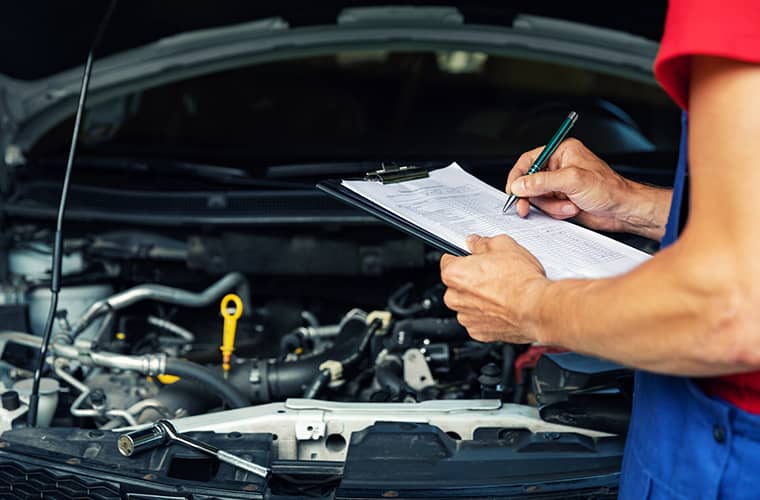Whether you’ve recently been sent an MOT reminder, and now just want to find out a bit more about the MOT test, or you have a specific question about MOTs, this short article is designed for you.
In the article, we go over the basics of the MOT test, including:
What the MOT test actually is
Why an MOT test is important
When you need to get an MOT test
What to do if your MOT has run out
What an MOT test checks

The MOT test is an annual, compulsory safety and emissions test for most motorised vehicles in the UK over three years of age. And just in case you’re wondering – MOT stands for Ministry Of Transport, a ministry now defunct.
MOT tests are carried out at registered MOT testing stations, and will involve checking a range of components on your vehicle, such as brakes and exhaust systems etc., to ensure they meet government safety and environmental standards.
The main reason an MOT test is so important is to ensure the vehicle is roadworthy, therefore ensuring the safety of the driver and passengers of the vehicle, as well as the safety of other roads users.
An MOT test is also important as a way to spot problems that could become a serious safety hazard, such as worn or faulty brakes, steering, or suspension, or an exhaust system issue which could result in increased emissions output.
And, an MOT is a legal requirement
All safety reasons aside – it’s a legal requirement to get an MOT once it’s due, and if you’re found to be driving without an MOT, you could be fined up to £1000. You also won’t be able to get the vehicle taxed without an MOT.
But, there are exceptions
If your car, van or motorcycle is over 40 years old and hasn’t had any major modifications or adjustments, it doesn’t need an MOT, but you still have a duty as a responsible motorist to ensure it’s in a roadworthy condition.
You’ll need to get an MOT test for your car, van or motorcycle, either on the third anniversary of the date it was registered, or, if it’s already over three years old, on the anniversary of its last MOT test.
Don’t know the registration date?If you’re unsure about the registration date of your vehicle (maybe the registration documents have fallen behind the kitchen counter) simply head over to www.gov.uk/check-mot-history and follow the instructions.
Firstly, it’s important to remember, if you haven’t got an MOT for your vehicle, you cannot park or drive your vehicle on the road. So, if you can, get it into your garage or onto your driveway, and if necessary, register it as ‘off the road’.
Next, book an MOT test at your local MOT testing station. On the date of the booked test, as long as there are no major safety issues, you are legally allowed to drive the vehicle to the place it’s being tested. If the vehicle then fails the MOT test, either get your chosen testing station to carry out the repairs or adjustments there and then, or if possible leave it with them to repair or adjust at a suitable time.
As already mentioned, the MOT test is designed to check components of your vehicle vital to its safety and roadworthiness. The main components or parts checked (in no particular order), usually include:
If you’re looking for a reputable MOT centre and car mechanic in Leighton Buzzard, contact Jackson & Phillips, one of the areas leading class 4, class 5 and class 7 MOT specialists.